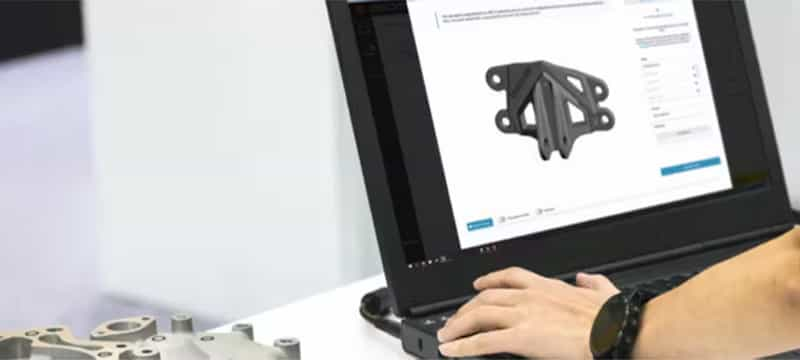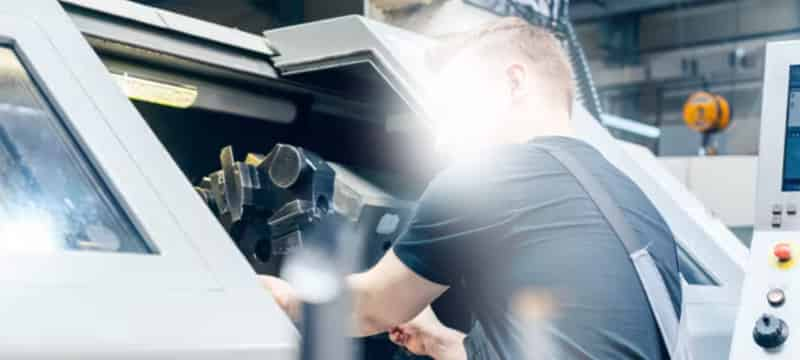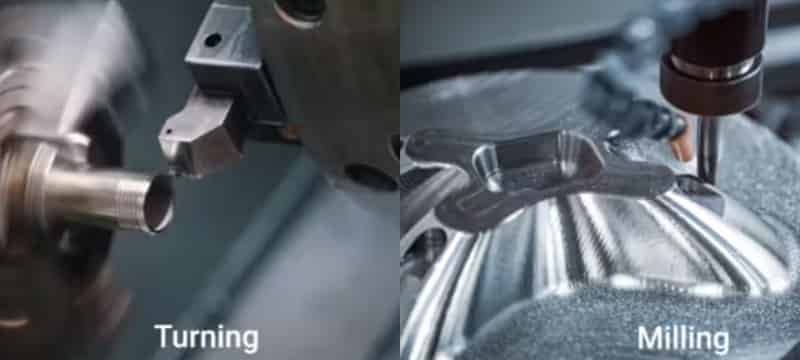CNC turning involves the use of fixed cutting tools to eliminate material from a workpiece, which is held in place by a revolving chuck. This process is particularly suited to creating parts with symmetry about their central axis, and generally results in quicker and more cost-effective production than milling.
CNC turning, or lathing, is a common technique for producing cylindrical components. However, contemporary multi-axis CNC turning centers, fitted with CNC milling tools, can now fabricate non-cylindrical parts as well. By combining the efficiency of CNC turning with the versatility of CNC milling, these systems can generate an extensive variety of rotational symmetric geometries
How do CNC Turning Machines work?
1. Producing a CAD model
Design software, such as Solidworks and Autodesk Fusion 360, is used by engineers and machinists to produce a CAD model of their specific components.

2. Convert CAD model for CNC machine
The CAD model is then imported into the computer-aided manufacturing system. With proper execution, this process generates a sequence of digital instructions referred to as G-code, which dictates the CNC machine’s actions. These G-code commands specify the machine’s movements and velocities, enabling it to fabricate the desired component accurately.
3. CNC Milling Machine preparation
Firmly Secure the workpiece or block of material into the lathe chuck, and perform all of the necessary steps for configuring the turning machine.

4. Starting the turning process
Commence the CNC turning process by loading the program. Specialised cutting tools, either rotating at high speeds or set to a fixed revolution per minute, are utilised to remove material from the workpiece until it precisely duplicates the desired component.
What is the difference between CNC milling & turning

CNC turning is primarily used to construct cylindrical or conical surfaces. In contrast, the turning procedure necessitates the use of a lathe, which is a machine tool capable of revolving a workpiece around an axis of rotation, of executing various operations, including cutting, drilling, turning, and threading. Furthermore, it utilises a single-point turning tool that stays in direct contact with the workpiece throughout the process.
CNC milling, on the other hand, is utilised to generate flat surfaces using a milling machine. This process involves a multi-point cutting tool or a milling cutter. In contrast to turning, the milling process depends on intermittent cutting and multiple machine steps.